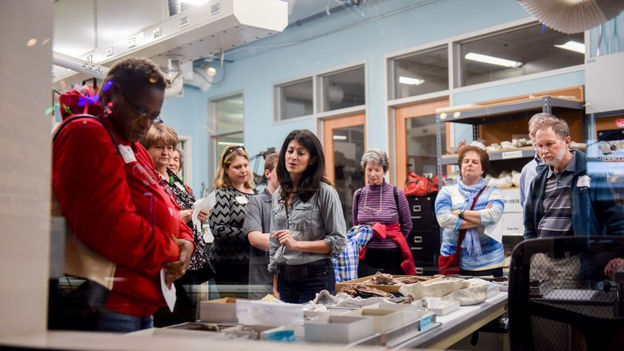top of page
Paleontology Research Lab, North Carolina Museum of Natural Sciences
Department of Biological Sciences, North Carolina State University
Zanno Lab Educational Videos
Zanno Lab Educational Videos


Lindsay Zanno: Digging Into the World of Dinosaurs
01:00
Play Video

Paleontology 101 - Untamed Science
03:37
Play Video

Moros intrepidus: North America's Tiny Tyrannosaur
02:13
Play Video

Paleontology 101: The Utah 2014 Expedition
12:09
Play Video

Siats - The New Mega-predatory Dinosaur
03:36
Play Video

Discovering and understanding a new type of dinosaur | Sci NC
06:49
Play Video
Paleontologists do not study mummies & Archaeologists do not study dinosaurs
Archaeologist Caroline Rocheleau and paleontologist Lindsay Zanno compare and contrast these often confused sciences
bottom of page

